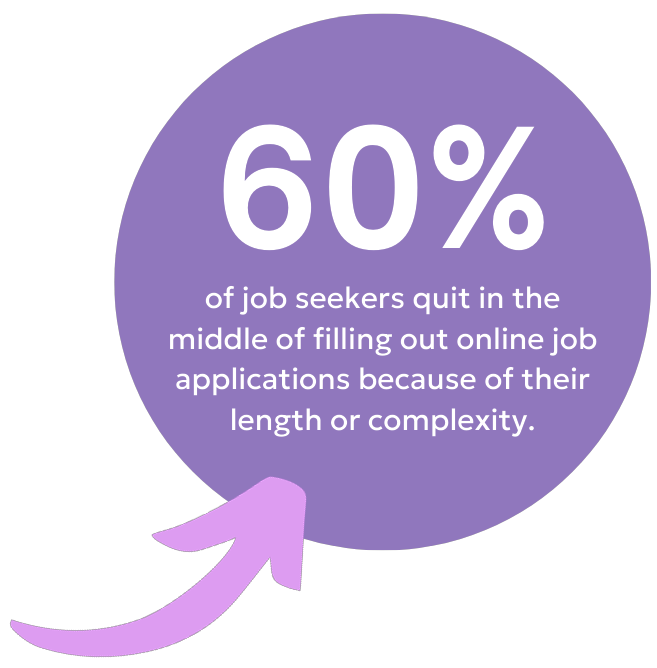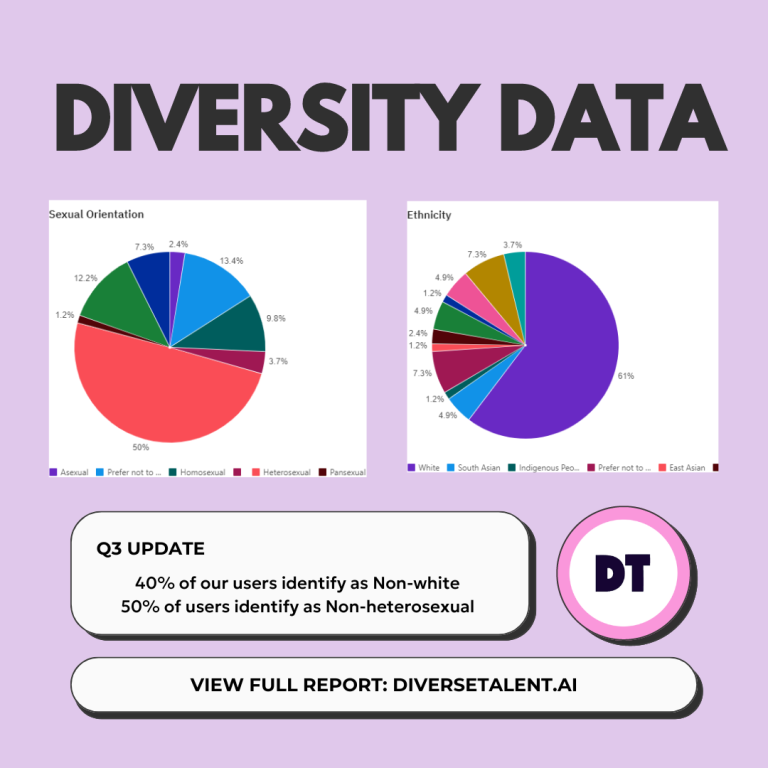Whether it’s in the recruitment world or elsewhere, first impressions matter, and your candidate application process is the gateway to a job seeker’s journey with your organisation.
Regardless of your company’s size, ensuring accessibility in your application process is not just a nice-to-have but a necessity. I want to highlight the critical importance of accessibility in candidate applications and offer insights into creating a more inclusive and streamlined experience.
Why Accessibility Matters
-
- The First Impression: Your application process could be the very first interaction a candidate has with your organisation. It’s not only an opportunity for them to showcase their skills and qualifications but also for your organisation to showcase its commitment to inclusivity.
- Equal Opportunities: Accessibility ensures that every candidate, regardless of their abilities or limitations, has an equal opportunity to apply for your job openings. It’s a fundamental aspect of creating a level playing field.
- Legal and Ethical Obligations: Many countries have laws and regulations in place that require organisations to provide equal access to their services, including the application process. Complying with these laws is not just a legal obligation but also an ethical one.
Creating an Accessible Application Process
-
- Screen Reader-FriendlyEnsure that your online application system is compatible with screen readers. This technology enables individuals with visual impairments to navigate and interact with your application.
-
- Multiple Application FormatsRecognise that candidates have diverse needs and preferences. Provide various application formats, including online forms, Word documents, paper documents, options for applications transcribed from phone calls, or the ability for a supporter to complete the application on behalf of the applicant.
Let’s consider an example that illustrates the importance of providing multiple application formats:
Imagine a job opening at a forward-thinking tech company (let’s call them “TechVista”). TechVista understand the significance of inclusivity in their recruitment process and decide to offer various application formats. Let’s see how the various application format options benefit a jobseeker with a disability as well as TechVista:
Sam, a promising candidate, has a visual impairment and requires assistance to complete job applications. The company’s inclusive approach allows Sam to have a supporter, in this case, a close friend, complete the online application on their behalf. This means Sam can apply for the job and showcase their skills effectively, even though they face specific accessibility challenges.
By providing multiple application formats, TechVista successfully accommodates the diverse needs and preferences of candidates like Sam. This approach not only attracts a wider range of talented individuals but also sends a strong message about the company’s commitment to inclusivity and accessibility in the recruitment process.
- Video Submissions: Some candidates may prefer to express themselves through video submissions. Offer this option to give candidates more flexibility in how they present their qualifications while giving their personality a chance to shine through.

Short and Simple Process
As the statistics suggest, a lengthy or overly complex application process can discourage potential candidates. Strive to keep the process as short and straightforward as possible. Focus on essential questions and requirements, and consider offering the option for candidates to provide more detailed information at a later stage.
The Payoff of Accessibility
Creating an accessible and user-friendly application process isn’t just about complying with regulations; it’s about creating a welcoming and inclusive environment for all candidates. When candidates feel that they can easily engage with your organisation, you’re more likely to attract a diverse and talented pool of applicants.

Remember, accessibility is an ongoing commitment. Regularly test and update your application process to ensure it continues to meet the needs of all candidates. By putting accessibility at the forefront of your recruitment process, you’re not just making a statement; you’re taking a concrete step toward building a diverse and equitable workforce. It’s a win-win for both your organisation and the candidates you hope to attract.
Written by Katie Ashenhurst – Digital Design Engineer




